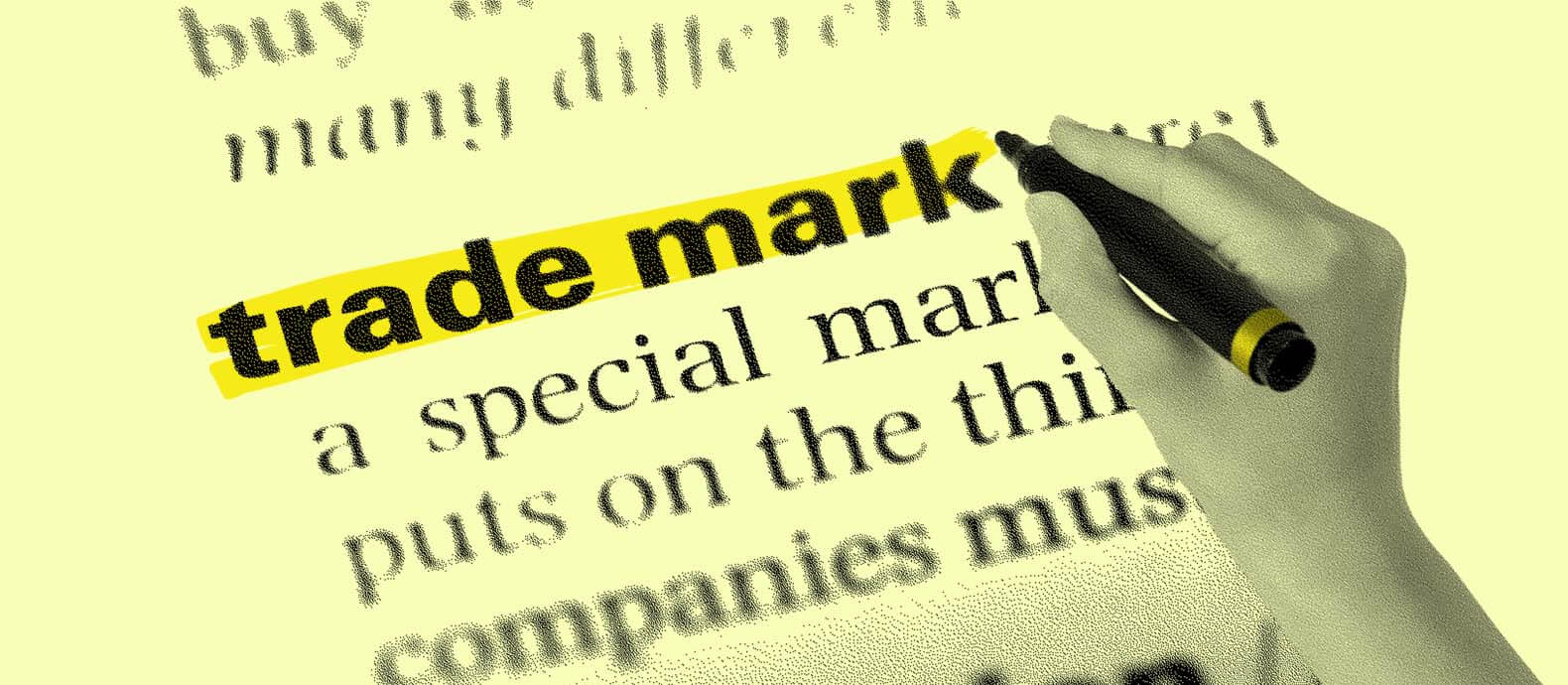Trade dress infringement is a serious legal issue. If you’re dealing with trade dress infringement but aren’t sure of what constitutes trade dress infringement or how to address it, it’s important to fully understand the laws around it.
Trade dress infringement should always be addressed immediately, as another brand infringing on your trade dress can take revenue away from your company. Red Points is here to help you and your company understand what trade infringement is, as well as how to protect your intellectual product from infringers.
What is trade dress infringement?
To understand how trade dress infringement works, it’s important to first understand what trade dress is. Trade dress is most commonly defined as the commercial “look and feel” of a brand’s design, a product’s packaging, or even colors/layout used in a commercial space. It’s a visual impression that, when strong enough, will automatically cause a consumer to associate the design with the company, even without a label.
Infringement occurs when another company uses a similar design or packaging. As a part of a company’s trademark, trade dress cannot be copied and its designs used in a similar manner. A good rule of thumb with trade dress is if customers assume the design is X company’s even though it’s Y company’s new design, it would legally be protected as X company’s design; Y company would be considered as infringing.
A case of trade dress infringement is particularly compelling when the trade dress is so unique that it’s clear it was copied. While companies are strongly encouraged to register their trade dress for more protection, if your trade dress is not registered, this does not mean you are completely vulnerable to infringers. Trade dress is protected by the Federal Lanham Act, which prohibits trademark infringement; trade dress falls under the umbrella of this, meaning your company’s trade dress is protected automatically by this law.
What constitutes trade dress infringement?
Unfortunately, what counts as trade dress infringement is not set in stone. Rather, it goes on a case-by-case basis. There are general guidelines to help determine what constitutes trade dress infringement, but each case is so unique that it’s often necessary to thoroughly assess.
The general guidelines are vague but can determine if a company’s trade dress has been infringed on. This includes looking at the product labels, researching similar trademarks, taking the confusing similarity test, understanding if the act was in good faith, focusing on the overall image, consistency of the trade dress, and if your trade dress is registered. These are all considerations that might be taken into account in a case of trade infringement.
Understanding what constitutes a trade dress infringement can also help you increase the strength of your brand’s trade dress, and therefore your trade dress’s protections. When developing a trade dress, thinking about how to make it unique in a way that will be obvious if another company copies it can protect your company. In this case, if your trade dress is infringed on, it’s likely you’ll have a better trade dress case.
What are some examples of trade dress infringement?
If you’ve found yourself the victim of trade dress infringement, it can be a taxing experience for your company. If you suspect another brand is infringing on your trade dress but you’re unsure, fully understanding trade dress and its components is crucial. While it might sound like something that rarely happens, there have been cases in recent years with well-known brands.
John Deere filed a lawsuit against FIMCO in 2017 for utilizing their trademark color combination of green and yellow. The court ruled in John Deere’s favor, as FIMCO’s utilizing the color combination was likely to confuse consumers.
In another case from 1992 between two Mexican-style restaurants—Two Pesos and Taco Cabana—Taco Cabana accused Two Pesos of utilizing their restaurant’s signature design. Taco Cabana won the lawsuit, as the decorated atmosphere of Two Pesos was so similar.
While each case of trade dress infringement differs, it ultimately comes down to if the design is similar enough that it causes confusion in consumers. Designs that are so notable that they don’t need the label or brand name to identify them are a great example; Coca-Cola’s fluted bottle, the shape and style of Nutter Butter Cookies, and the Nike Swoosh, to name a few.
How is trade dress enforced?
If you’re certain that your brand’s trade dress has been infringed on, it’s important to know how your trade dress protections will be enforced. While both registered and unregistered trade dress is protected under the Lanham Act, moving forward with legal action is generally more successful with registered trade dress. Unregistered trade dress is usually only protected if the company’s trade dress is being utilized in commerce and is connected with a product or service. It’s generally advised to register your company’s trade dress before filing for a lawsuit.
The three elements that help solidify a trade dress case are distinctiveness, non-functionality, and likelihood of confusion. The company filing a lawsuit is expected to describe these elements and how they solidify their trade dress. From there, the company accused of infringement would be expected to demonstrate with evidence that the accusor’s trade dress is invalid—in other words, not distinctive or functional.
While it’s not necessary to file a lawsuit when you’re aware of trade dress infringement, it’s important to be aware that inaction is likely to impact your business. When trade dress infringement is so similar that it can confuse customers, this can cost your business revenue, as customers might purchase the infringer’s products instead of yours, thinking they’re buying your product. Taking action will ensure your trade dress continues to be uniquely yours, without any consequences from another brand taking your hard-earned, thoughtful design.
What’s next
Protecting your brand from trade dress infringement is crucial to the success of your company. This ensures you’re not losing your brand’s unique impact, as well as customers and revenue. Red Points can help you protect your brand’s trade dress against infringement, competitors, and any other threats to your trade dress. See how you can protect your intellectual property with Red Points.






